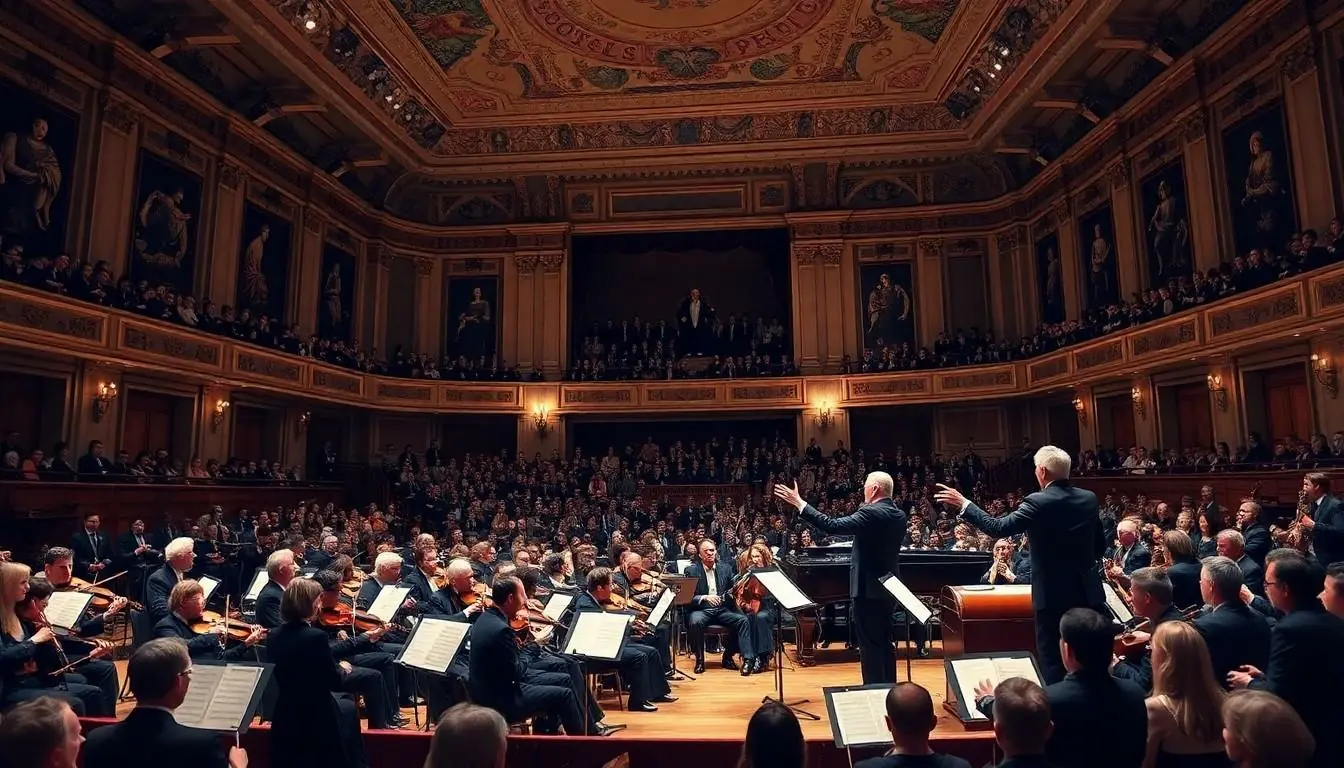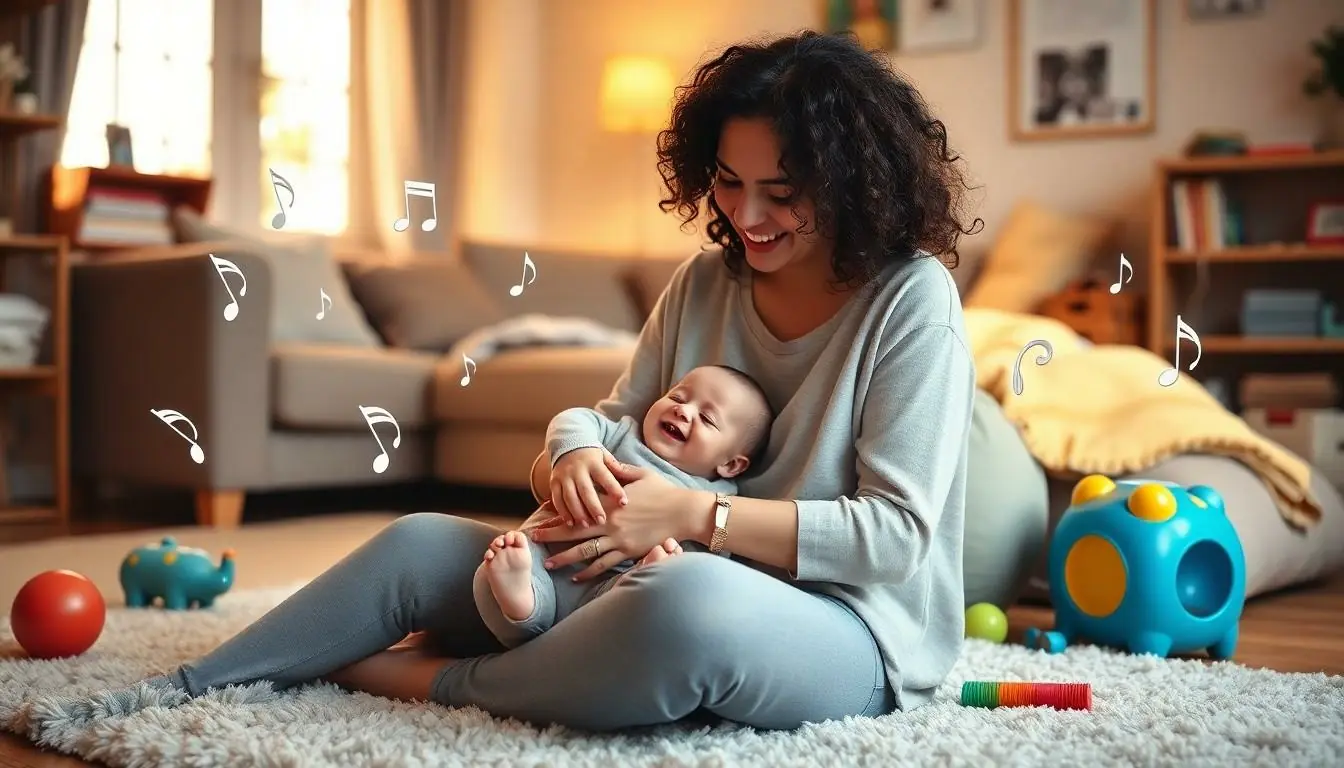Hip hop videos are more than just flashy visuals and catchy beats; they’re a cultural phenomenon that tells stories, sparks conversations, and sometimes leaves viewers wondering, “Did I just see that?” From jaw-dropping dance moves to over-the-top fashion statements, these videos serve up a feast for the eyes while delivering powerful messages.
Table of Contents
ToggleThe Evolution Of Hip Hop Videos
Hip hop videos have transformed significantly since their inception. They represent cultural milestones that reflect societal values and trends.
The Early Days: Origins And Influences
The emergence of hip hop videos took place in the late 1970s and early 1980s. They drew inspiration from various art forms, including graffiti, breakdancing, and DJing. Artists like Grandmaster Flash and Run-D.M.C. started integrating visual storytelling with their music. Their videos featured performance clips and street scenes, showcasing the urban landscape. As these visuals gained traction, they played an essential role in shaping the genre’s identity.
The Rise Of MTV And Hip Hop Culture
MTV’s launch in 1981 significantly impacted hip hop’s visibility. The network provided a platform for artists to showcase their work. Run-D.M.C.’s “Walk This Way” became a crossover hit, earning mainstream recognition. Other artists followed suit, creating visually dynamic videos that captured audiences. By the late 1980s and early 1990s, hip hop videos began to feature elaborate narratives and high production values. This trend established hip hop as an influential cultural force, attracting millions of viewers worldwide.
Iconic Hip Hop Videos

Iconic hip hop videos shape the culture and redefine music visuals. These productions often push artistic boundaries and elevate the genre to new heights.
Game-Changing Releases
Notable releases transformed hip hop videos into cultural landmarks. For instance, “Boys N the Hood” by Eazy-E introduced a gritty narrative that resonated with urban audiences. Another significant entry, “Mo Money Mo Problems” by The Notorious B.I.G., showcased iconic fashion and dance, highlighting the genre’s stylistic evolution. “Straight Outta Compton” by N.W.A. brought fierce social commentary to the forefront. Furthermore, Missy Elliott’s “Get Ur Freak On” introduced innovative stylistic flair and choreography that captivated viewers. These releases illustrate how hip hop videos can convey powerful messages while captivating audiences.
Notable Directors And Their Styles
Directors play a pivotal role in crafting hip hop’s visual narrative. Hype Williams is renowned for his vivid, dreamlike style that incorporates wide-angle shots and striking colors. He directed hits like “Big Pimpin'” and “Hot in Herre.” Additionally, Benny Boom gained recognition for his cinematic approach, directing videos like “How We Do” and “21 Questions.” Director X’s work combines bold imagery with high-energy choreography, as seen in “Work It” by Missy Elliott. Each director contributes unique aesthetics that enhance the storytelling aspect of hip hop videos, allowing artists to connect with audiences on deeper levels.
The Impact Of Technology On Hip Hop Videos
The evolution of technology has significantly transformed hip hop videos. Innovative advancements in filming techniques enhance visual storytelling and creativity.
Advances In Filming Techniques
Camera technology improvements introduced high-definition and 4K filming, elevating video quality. Drones now capture stunning aerial shots, providing unique perspectives that engage viewers. Virtual reality offers immersive experiences, allowing audiences to feel part of music videos. The application of advanced editing software facilitates seamless transitions and effects, giving directors more creative freedom. Aesthetic considerations benefit from these developments, making videos more visually striking and memorable.
The Role Of Social Media Platforms
Social media platforms play a pivotal role in the distribution of hip hop videos. YouTube remains a dominant force, with millions of views accumulating daily. Instagram and TikTok provide opportunities for viral marketing, enabling snippets of videos to reach wider audiences quickly. Artists leverage these platforms for teaser releases, creating anticipation and buzz around new content. Engagement with fans through comments and shares fosters community and dialogue, enhancing overall impact.
Representation And Themes In Hip Hop Videos
Representation in hip hop videos often reflects societal dynamics and cultural narratives. Various themes emerge to showcase complexities within communities and identities.
Gender Representation And Femininity
Gender representation remains a significant aspect of hip hop videos. Women artists, like Nicki Minaj and Cardi B, use their platforms to challenge stereotypes, presenting strength and independence. Dance moves and fashion choices in their videos convey diverse expressions of femininity. Visual storytelling highlights both empowerment and objectification, often sparking debate about women’s roles in the genre. A balance exists between showcasing empowerment and critiquing societal standards, leading to discussions about evolving gender norms in popular culture.
Social Issues And Political Commentary
Social issues frequently serve as focal points in hip hop videos. Artists like Kendrick Lamar and J. Cole address systemic inequalities, police brutality, and racial discrimination, using their craft to resonate with social movements. Powerful imagery and poignant lyrics evoke strong emotional responses, urging viewers to reflect on pressing societal challenges. Videos often integrate visual metaphors, illustrating complex narratives surrounding injustice and resilience. This intersection of art and activism positions hip hop as a crucial medium for political commentary, inspiring audiences to engage in meaningful discussions and actions.
Hip hop videos continue to be a vital part of the cultural landscape. They not only entertain but also challenge viewers to think critically about societal issues. From their early days to the present, these videos have evolved in style and substance, reflecting the dynamic nature of the genre.
The artistry involved in crafting compelling visuals plays a key role in storytelling and audience engagement. With technology advancing rapidly, the future of hip hop videos promises even more innovative and immersive experiences. As artists push boundaries and explore new themes, hip hop videos will undoubtedly remain a powerful medium for expression and cultural commentary.




